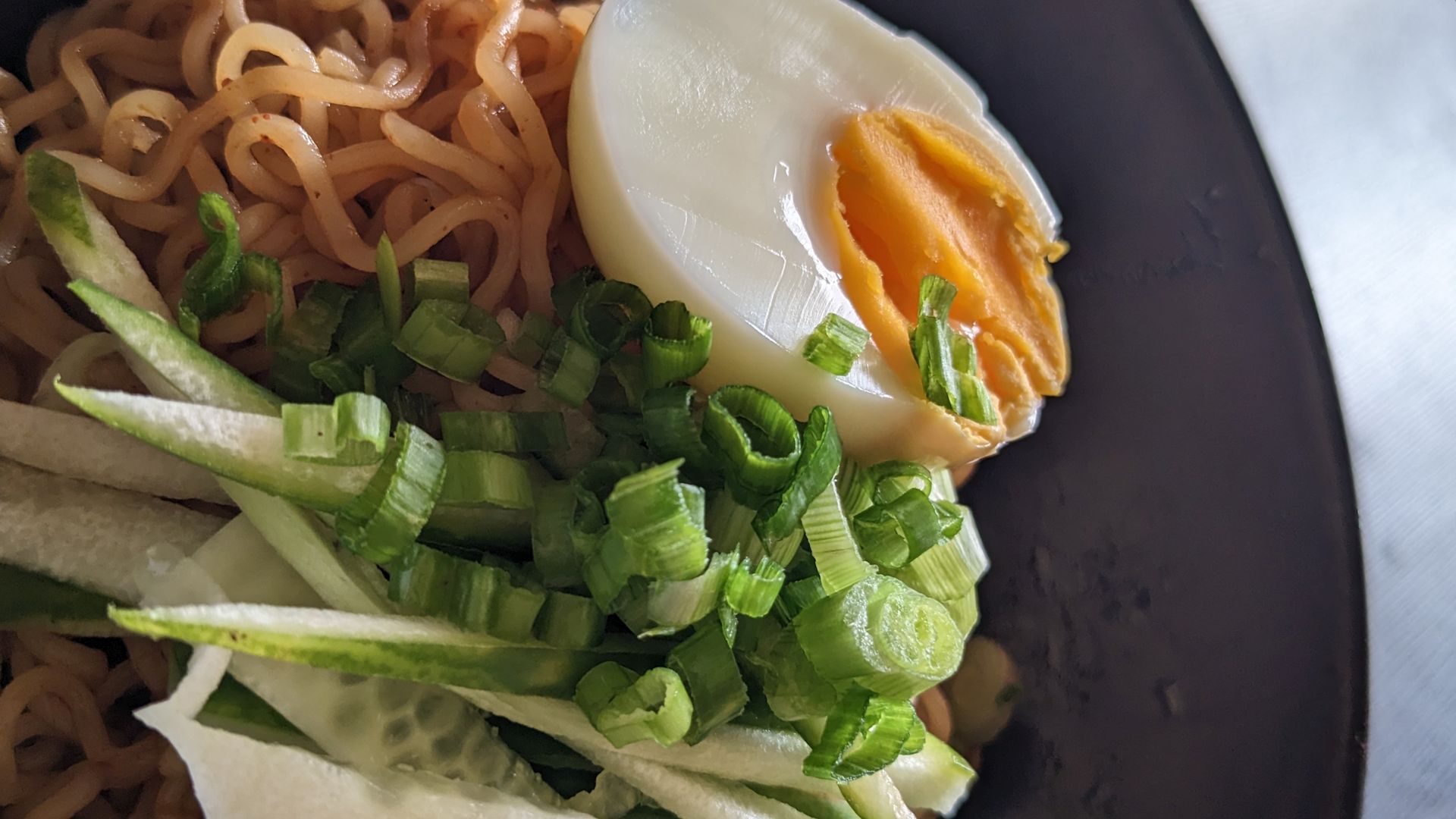Nutrient density identifies the amount of beneficial nutrients you get from a food in proportion to the amount of calories it has. Nutrient-dense foods are rich in vitamins, minerals and other nutrients essential for a healthy body. They are low on saturated fat, sodium and contain no added sugars.
Think fruits, vegetables, whole grains, lean sources of protein like fish, seafood and poultry, nuts, legumes and dairy products.
Why is it important to understand Nutrient Density?
Lets put it this way – in terms of the amount of nutrients you get per calorie consumed, 200 calories from a pack of French fries is not equal to 200 calories from a salad made of leafy greens, beans and bell peppers. Similarly 200 calories from brown rice is not the same as the salad above. Yes, brown rice is a natural food, however it is has far less nutrients in comparison to the same salad.
On Dr Fuhrmans Nutrient Density scale, a cup of cooked brown rice has a score of 41. You would have to eat 3 cups of brown rice to get equivalent nutrients from just one bowl of blackberries. Similarly you’d have to eat around 10 cups of brown rice to get equivalent nutrients from one cup of cooked spinach. Understanding nutrient density helps you get more nutrients for lesser calories. This will allow you to build your food platter around informed and varied choices.
What Are The Most Nutrient Dense Foods?
While most whole foods are nutrient dense, here are 10 of the most nutrient dense foods that you can add to your daily diet as a start –
1. Green leafy vegetables
Leafy greens like Kale, Bok choy, Spinach, arugula, methi are nutritional powerhouses and extremely low in calories – about 10-20 calories per cup. Leafy greens are a rich source of minerals including iron, calcium, potassium, and magnesium. They also provide important vitamins like vitamins K, C, E, and many of the B vitamins. Some leafy greens like Kale also contain omega-3 acids.
A 2020 study notes that green leafy vegetables often contain bioactive compounds such as niacin, omega-3-fatty acids, flavonoids, carotenoids and others. These compounds can provide antioxidant and anti-inflammatory properties, which may reduce the risk for health conditions like cardiovascular disease, anemia, high blood pressure, certain cancers, and diabetes.
2. Bell Peppers
Bell peppers come in various colors red, yellow, orange and green. Fresh raw bell peppers are composed of 92% water. 1 cup of raw bell peppers has about 20-30 calories. They are very high in vitamin C, with a single one providing up to 169% of the RDI. Other than Vit C, they are loaded with various minerals like Vitamin B6, K1,E, A, potassium and Folate.
Bell pepper contain many healthy antioxidants, including capsanthin, violaxanthin, lutein, quercetin, and luteolin which may improve eye health and reduce the risk of chronic conditions like heart disease and cancer.
3. Orange Vegetables Like Carrot & Pumpkin
Dark yellow and orange vegetables are good sources of alpha and beta carotene, a carotenoid and antioxidant. Alpha and Beta carotene is converted to vitamin A in the body which may prevent the development and sometimes stop the growth of cancer.
These vegetables are also packed with zeaxanthin, lutein, flavonoids, lycopene, potassium and vitamin C. A 2022 study notes that lutein and zeaxanthin can filter blue light and also help prevent age related macular disease. 1 cup of cooked pumpkin without salt or a cup of chopped carrots has about 50 calories.
4. Berries
Berries like strawberry, blueberry, mulberry, raspberry and cranberry are low in calories and are high in moisture and fiber. They contain natural antioxidants such as vitamins C and E, and micronutrients such as folic acid, calcium, selenium, alpha and beta carotene, and lutein.
A 2011 study suggests that regular consumption of berries helps significantly reduce cardiovascular risk factors, especially glucose, lipids and systolic blood pressure. 1 cup of fresh mixed berries can have about 80 calories, with strawberries being one of the lowest on the calorie chart.
5. Legumes
Legumes are a broad food category that include lentils, beans, soybeans, chickpeas, peanuts and peas. Along with being high in dietary fibre, they are one of the best plant based sources of protein. They are also good sources of complex carbohydrates that helps provide steady energy to the body. Because of their low glycemic load, the body can convert legumes into energy without spiking blood sugar levels. They are rich B-vitamins, iron, folate, calcium, potassium, phosphorus, and zinc.
A 2005 study notes that a diet rich in legumes may reduce total cholesterol levels, blood pressure, weight and also keep your waistline in check. One cup of cooked red lentils or cooked chickpeas contains appx 250 calories and 15-18gms of protein.
6. Nuts and Seeds,
Like legumes, nuts and seeds are nutrient dense foods. While they are rich in fats, it is the good kind (unsaturated fatty acids) that’s healthy for your heart. They are also a good source high quality vegetable protein. Nuts contain healthy minerals such as calcium, magnesium and potassium, antioxidant vitamins and folate, a B vitamin necessary for normal cellular function. Studies have shown that including nuts in a healthy dietary pattern reduce risk of chronic heart disease and other disorders like diabetes, cancer and neuro-degenerative disease.
Keep in mind that nuts are well known food allergens. While nut allergy rates in India are low, the global estimated prevalence rate is about 1% of the general population. The recommended daily serving of nuts is appx 30gms which contains 185 calories, 16.89gms fat and 5gms of protein. Remember to choose unsalted nuts over the prepackaged salted kind to receive maximum benefits.
7. Seafood
Seafood is packed with nutrients while being low in calories and high in protein. Shellfish like shrimp, clams and mussels, salmon and sardines are considered the most nutrient dense among seafood.
Shellfish have one of the highest concentrations of vitamin B-12 and are packed with Vitamin C, iron, selenium, zinc and potassium. A small serving can provide you with your daily dose of B-12, which is essential for the health of your blood and nerves cells and also helps make DNA, the genetic material in all of your cells.
Salmon is one of the best sources of long chain omega-3 fatty acids, EPA and DHA. It also has one of the best omega 3 to omega 6 ratios. Salmon is particularly high in selenium, B vitamins and potassium.
Sardines are small oily fish that can be eaten whole. They have been called nutritionally complete because a single cup will give you more than 100% of your daily requirements of Vitamin D and B-12. A full can provides 50-300% of RDI of essential nutrients like riboflavin, niacin, calcium, iron, phosphorus, copper, and selenium.
A cup of cooked Shellfish and Salmon can have about 200 calories with approximately 20gms of protein. 1 cup of cooked sardines have about 300 calories and a whopping 38.5gms of protein
8. Eggs
Eggs are a complete source of protein. This means they contain adequate proportions of all the 9 essential amino acids required by the human body. Eggs contain choline, an essential nutrient that aids in healthy brain development, muscle movement, liver function, nervous system and metabolism. The human body produces choline but not in sufficient quantities. 2 eggs can provide 77% of RDI for women and 59% of RDI for men.
A whole egg also contains Vitamin A, D, E, selenium, calcium, phosphorous, iron and folate. Two thirds of the fat in egg’s yolk are considered the good kind (unsaturated). The white contains the bulk of the egg’s protein. Eating 2 eggs per day covers 10-30% of the vitamin requirements for humans.
9. Avocado
This plant-based fat rates pretty high on the nutrient density chart even though they pack quite a few calories. A whole medium avocado contains about 240 calories with 22 grams fat (15 grams monounsaturated, 4 grams polyunsaturated, 3 grams saturated). The high levels of healthy, beneficial fats can help a person feel fuller between meals. They contain vitamins C, E, K, and B6, as well as riboflavin, niacin, folate, pantothenic acid, magnesium, and potassium. They also provide lutein, beta carotene, and omega-3 fatty acids.
A 2018 study suggests eating avocado regularly improves your lipid profile—lowering triglycerides and LDL and raising HDL. It is also known to aid in better digestion, macular degeneration and have anti-cancer properties.
10. Sweet Potatoes
Sweet potatoes are vibrant and delicious root vegetables that are jam packed with nutrients. They are usually orange in color but are also found in white, red, yellow and purple variants. 1 cup of boiled sweet potato with skin has around 188 calories.
Sweet potatoes have a medium to high glycemic index (GI) varying between 45-76, depending on the variety and method of cooking. GI is the ability of a carbohydrate to increase blood glucose levels post a meal. Boiling sweet potatoes reduces the GI, with longer boiling times resulting in lower GI values.
Sweet potatoes are high in fibre, both soluble and insoluble. Insoluble fibre in sweet potatoes are at about 80% and is thus known to aid in digestion and reduce risk of diabetes despite the GI values. They are a great source beta carotene, vitamin C, potassium and also contain some amounts of manganese, Vitamin B6,B5 and E.
No single food is going to make you healthy overnight. The focus should be on consuming whole foods as much as possible instead of highly processed foods. Making informed decisions and including a variety of nutrient dense foods into your already existing diet is a good way to start. The end goal is to focus on your overall eating pattern rather than individual nutrients or specific foods. As the famous quote by Oscar Wilde goes ‘Everything in moderation, including moderation’





